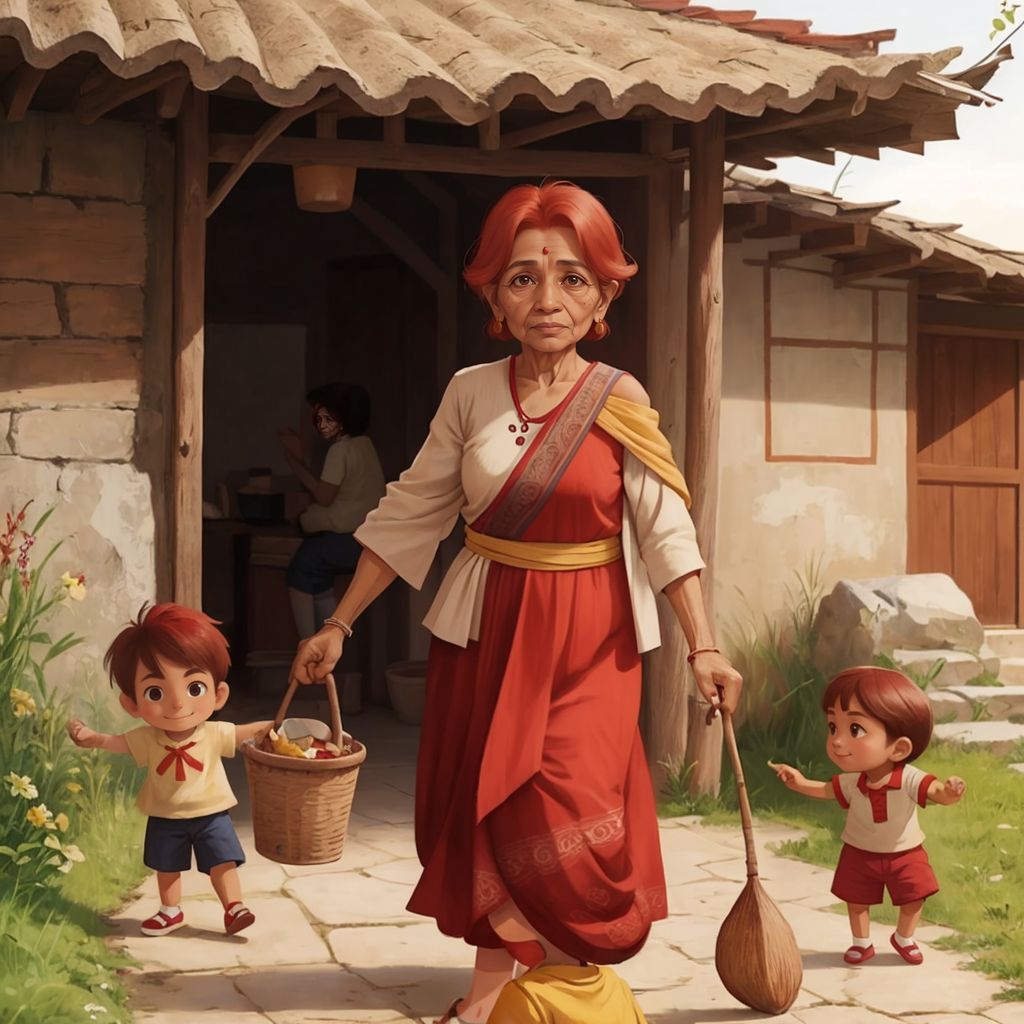

Recommend
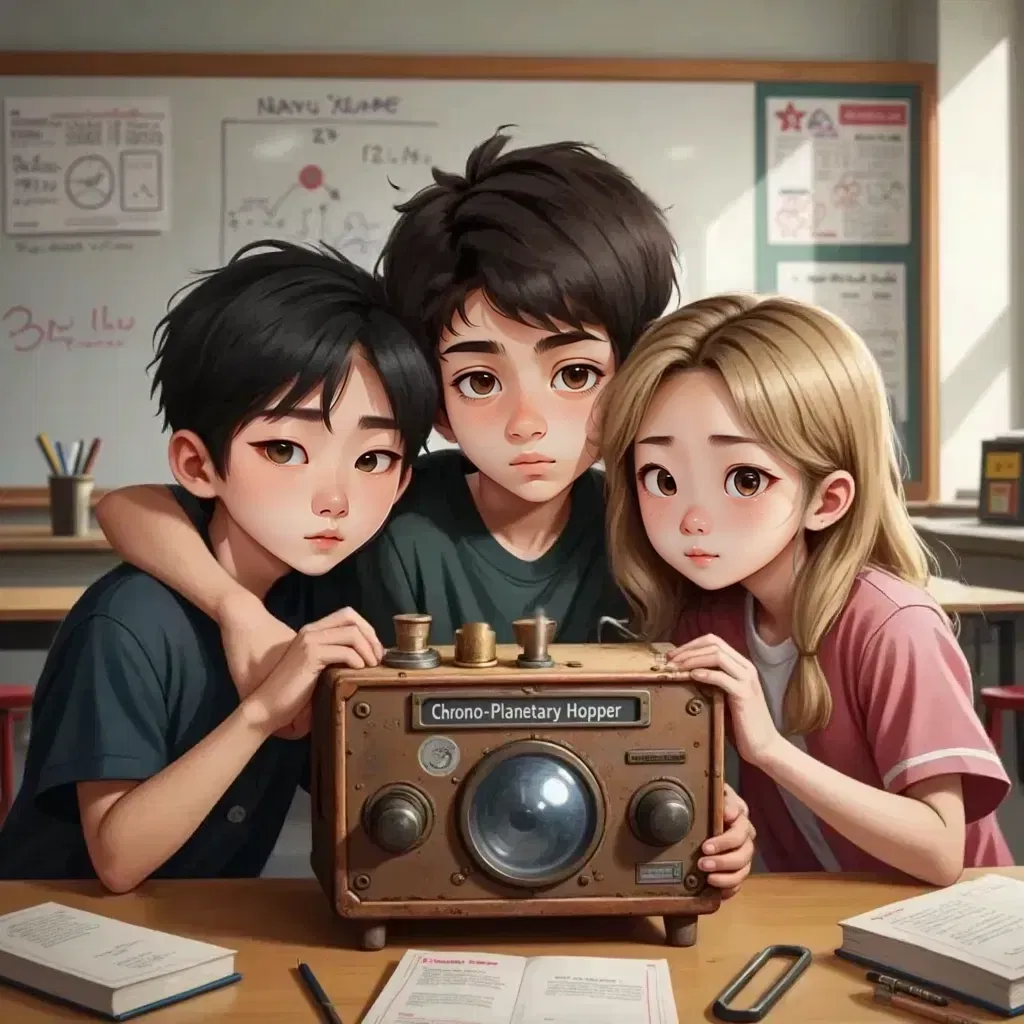
In the vibrant halls of Quantumville Middle School, an unlikely trio – the ever-optimistic Provo, the thoughtful Neuman, and the energetic Elliot – bonded over their shared love for science. Tasked with creating an atomic model timeline, they discovered a Chrono-Planetary Hopper, a time-traveling device that sent them on an extraordinary journey. Visiting planets representing different atomic models, from the ancient Atomos to the modern Quantum Cloud, they learned firsthand how our understanding of the atom evolved. They met historical figures like Democritus, Dalton, Thomson, Rutherford, Bohr, Schrödinger, and Chadwick, each contributing a piece to the atomic puzzle. Through their adventure, they not only grasped the complexities of atomic theory but also recognized the unique dynamics of their friendship, mirroring the very structure of the atom itself. Their differences, like protons, electrons, and neutrons, complemented each other, creating a strong, balanced whole. Returning to school, they shared their incredible journey, realizing that science, like friendship, thrives on diverse contributions and a shared pursuit of understanding.

Haidee is an Australian diplomat who is from Tasmania. She has red hair. She is moving to Copenhagen for a diplomatic posting with her two little girls. When they arrive, they see Princess Mary alone in a beautiful Copenhagen park. She is sitting alone on a bench and looks sad. She tells Haidee that she misses her home in Tasmania and together they all find places in Copenhagen that remind them of home.
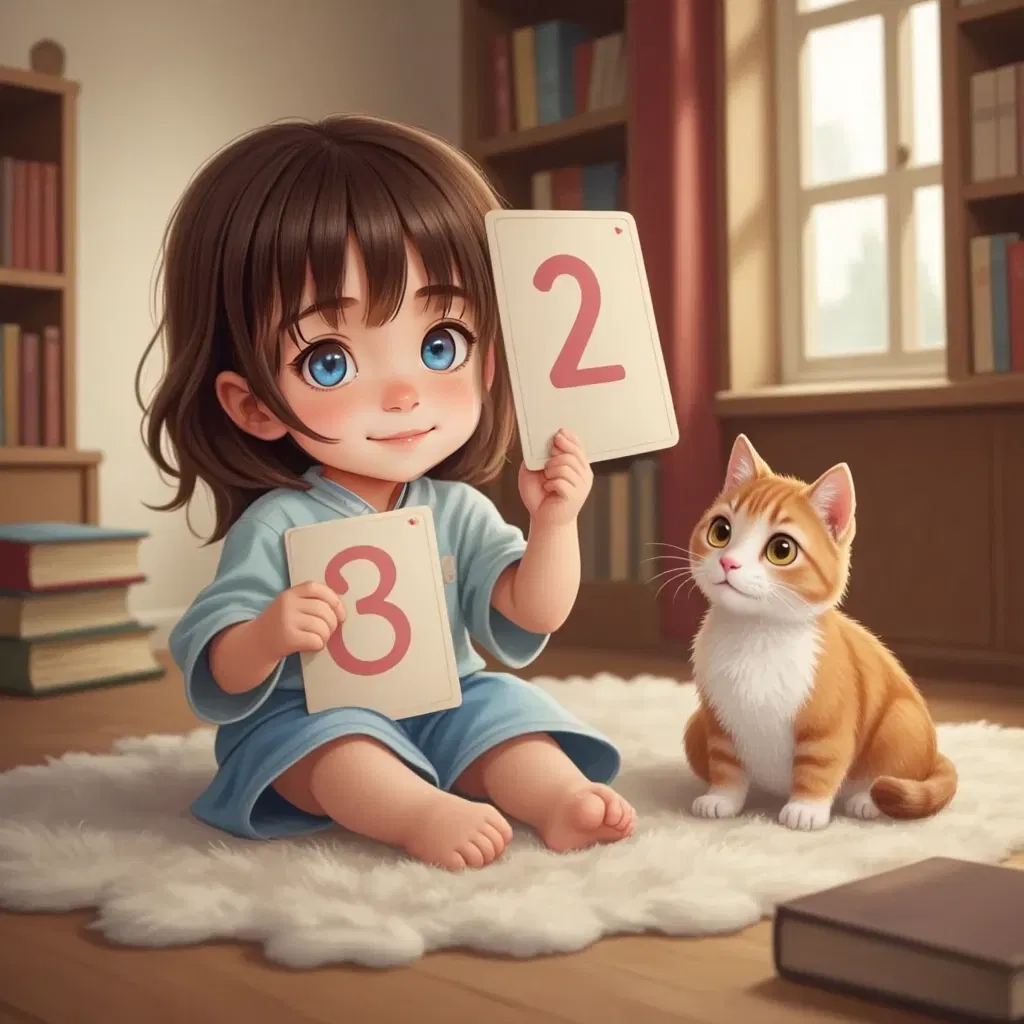
Avery's orange tabby cat, sees her counting her toys. The cat wants to learn her numbers as well. So avery teaches the cat how to count to ten,

A boy is scared that he will shrink in the water but is braver than he thinks.

كان يا مكان كان يعيش ثلاث اخوه فتاة كبيره وأخوين صبيان واتى والديهما بأخت صغيره جديده والكل مسرور

1. A little boy is going with his mother inside a candy shop. He is looking with envy Candy jars and candy jelly crocodile. 2. The boy want to taste chocolate bears and candy jelly crocodile. The mother left. The boy is alone in the candy shop. 3. The boy realised he is alone and Lost in the candy shop. And he is crying tears. 4. The boy found his mother inside the candy shop. He is no crying anymore and eat one caramel candy
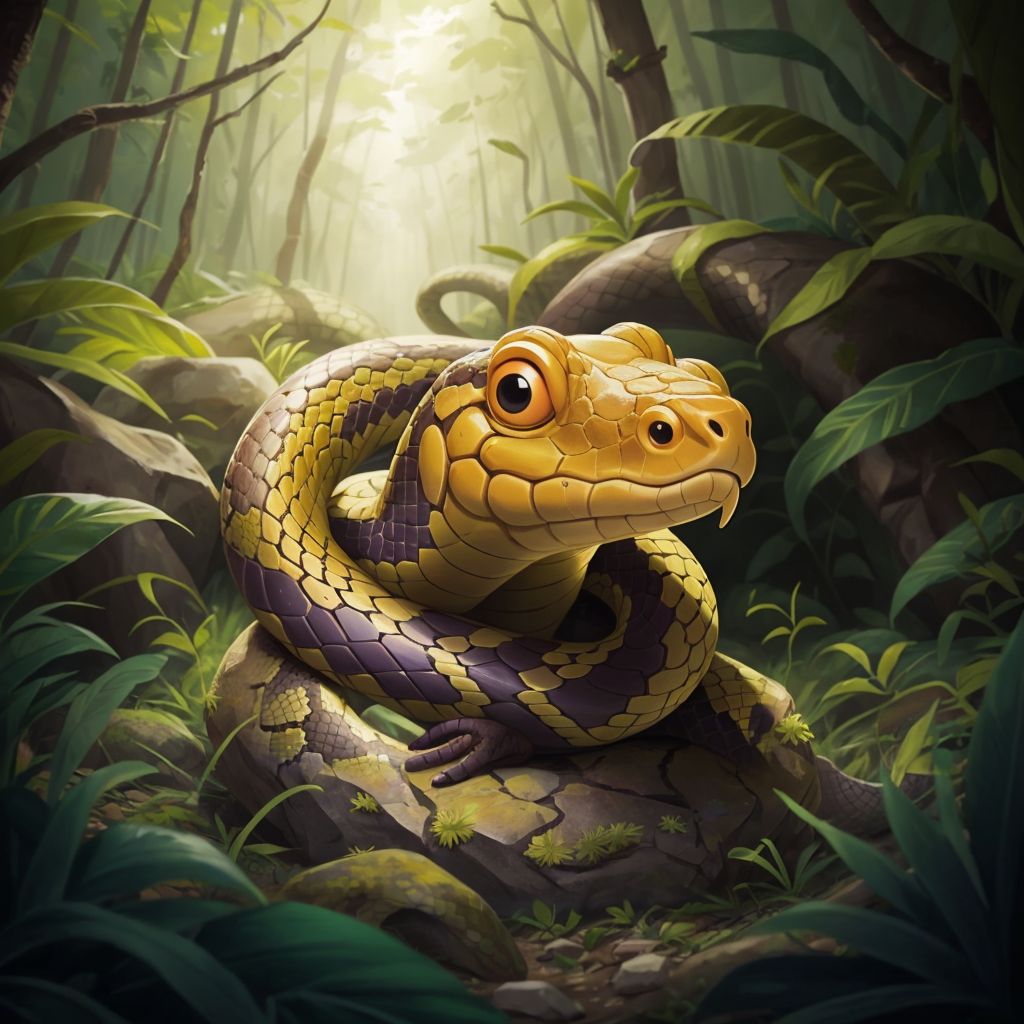
1. THE SNAKE’S FALL Once upon a time, there was a snake who thought he was the strongest and smartest animal in the forest. 2. THE HUNGRY SNAKE MEETS THE FISH Fish: “Please, don't eat us, Mr. Snake! We are small and have families too.” Snake: “I Don't care about your families. I am hungry, and you are food!” The snake ate as many fish as he could and slithered out of the river, his belly full. 3. 3 MEETING THE RABBIT At the river's edge, he saw a mother rabbit feeding her baby. Rabbit: “Please don't eat me, Mr. Snake. My baby needs me. She is too small to take care of herself alone.” Snake: “I only care about my hunger!” 4. THE CLEVER SQUIRREL AND BIRD High in a tree, a squirrel saw what was happening and called his friend, a bird. “We need to stop the snake Squirrel: “We need to stop the snake.” Bird: “Oh, mighty snake! did you know there’s a treasure hidden under the big oak tree? Only the strongest can find it!” 5. 5 FINDING THE TREASURE Curious and proud, the snake slithered to the oak tree, leaving the rabbit behind. He dug and dug but found nothing. Snake: “Where is the treasure?” Bird: “The treasure isn’t gold. It’s kindness.” Squirrel: “That's true. True strength comes from helping others, not hurting them.” 6. A NEW BEGINNING The snake thought about the fish and the rabbit and felt ashamed. “I want to be better,” he said. He apologized to the rabbit and promised to change. From that day on, the snake became friends with the squirrel, bird, rabbit, and even the fish. Together, they showed the forest that kindness is the greatest treasure.
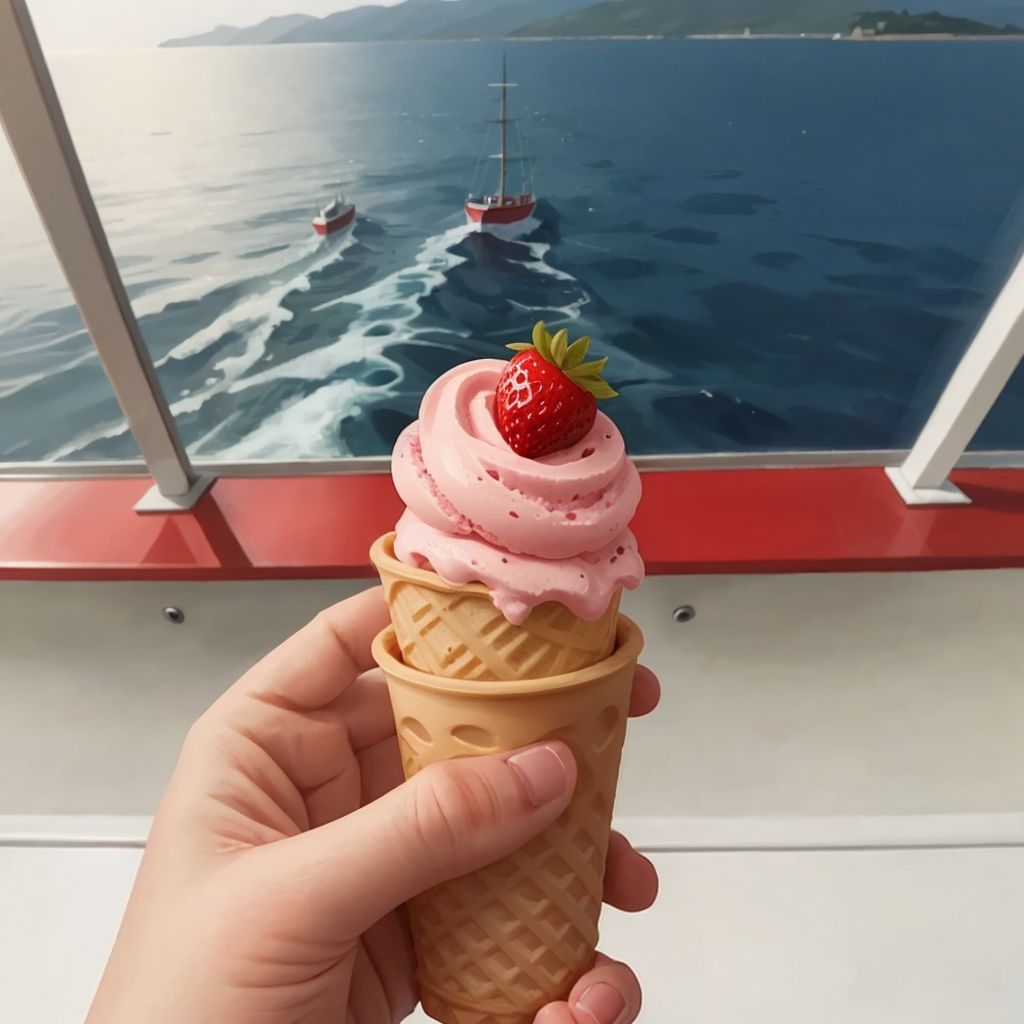
Rides in a ferry where they sell all different kinds of treats and snacks, story around a family of ice cones of different flavors
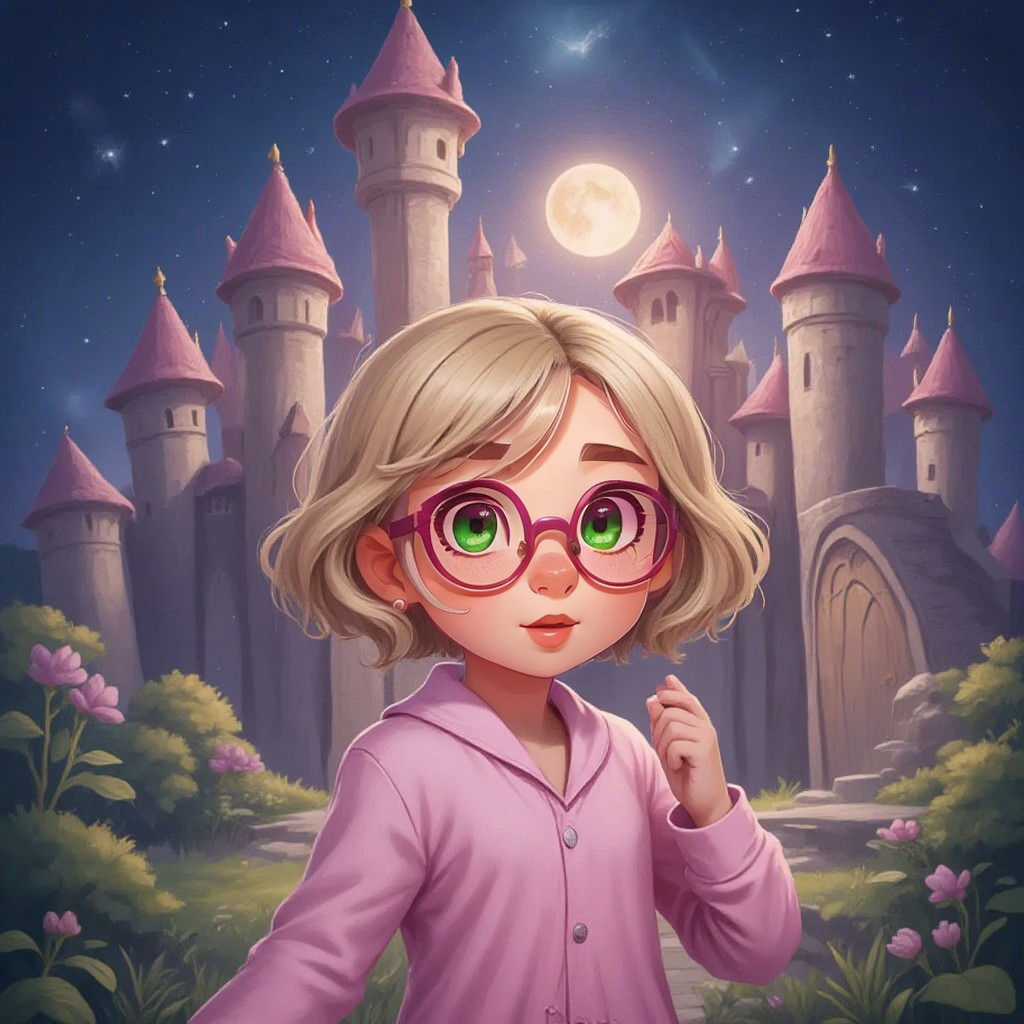
Op een avond ging Sterre naar bed, moe van een drukke dag. Maar midden in de nacht werd zij wakker van een vreemd geluid. Het leek alsof de lucht buiten fluisterde. Toen zij uit bed stapte, vond hij zichzelf niet in zijn slaapkamer, maar voor een groot, magisch kasteel dat glinsterde onder het maanlicht. "Welkom, Sterre!" zei een vriendelijke stem. Het was een magische uil. "Het koninkrijk heeft je hulp nodig!" Ze vlogen samen naar binnen, waar de muren van het kasteel spraken en de trappen leken te bewegen. In het kasteel was er paniek. De schaduwen dreigden het koninkrijk te overnemen en alles in duisternis te hullen. Sterre besloot te helpen. Met de uil aan haar zijde en een magisch zwaard in zijn hand, vocht Sterre tegen de schaduwen. Zij zwaaide het zwaard en met elke slag verdween een stukje duisternis. Na een grote strijd was het kasteel gered. De lucht klaarde op en de sterren straalden helderder dan ooit. "Dank je wel, Sterre," zei de uil. "Je hebt het koninkrijk gered!" Maar toen Sterre om zich heen keek, werd alles wazig. Het kasteel vervaagde en zij voelde zich weer in zijn bed. Zij opende zijn ogen en vond zichzelf terug in zijn kamer. Het was allemaal een droom… of was het dat toch? Op haar nachtkastje lag een schudbol met een kasteel daarin, precies zoals het kasteel uit zijn droom. "Misschien was het geen droom" dacht Sterre, terwijl zij glimlachte en zijn ogen sloot, klaar om weer in slaap te vallen.
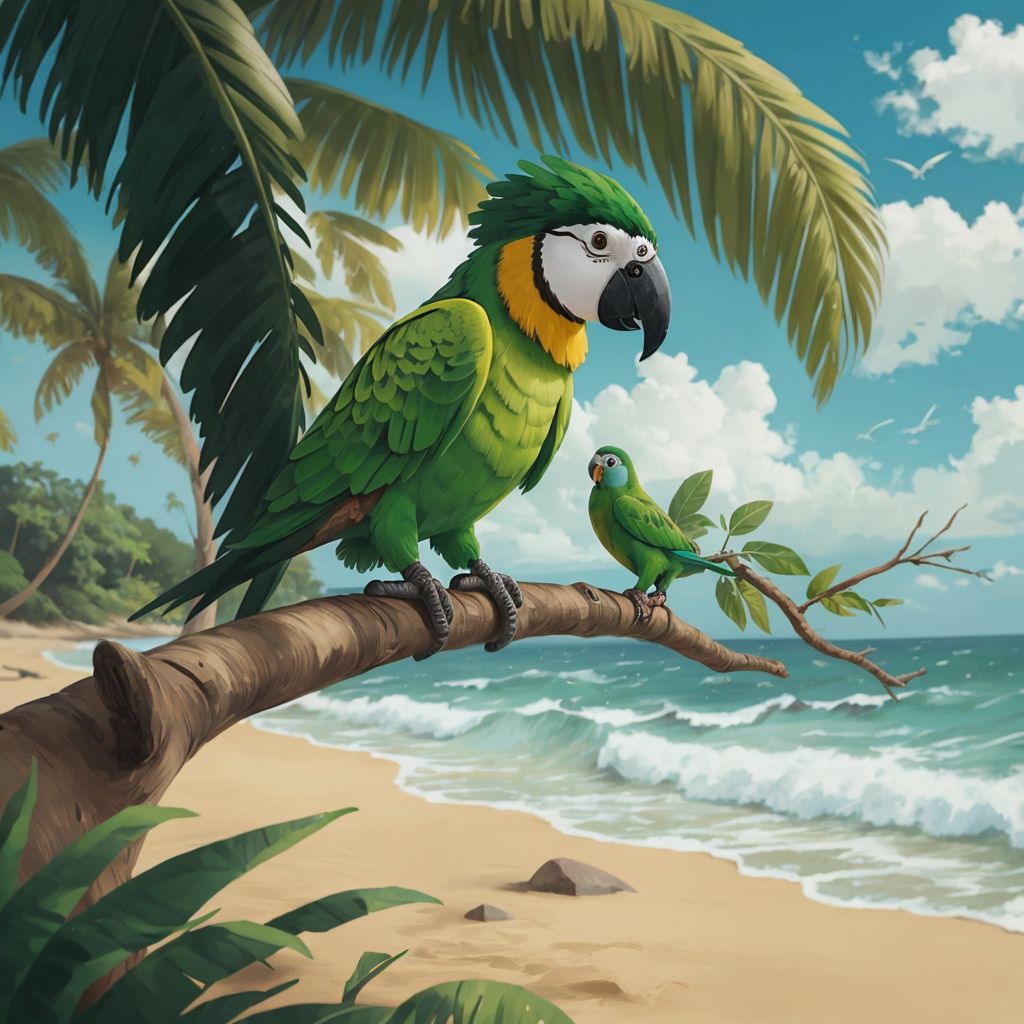
A comical modern twist on Jonah. after getting a divorce and leaving his son, a hurricane or system of storms follows in Jonah's wake. When he finally returns to collect his son, the biggest hurricane of them all tracks him down. To redeem himself, Jonah flies away with a massive propane tank that was threatening the family's home.

Little Sadie is excited to learn her first of many of her families Gulla Geechee recipes from her Nona (Grandmother) BJ. Her family are African Descendants and have a close relationship with the earth and ancestors who they believe becomes their spirit guides and guardian angles once they transition to the other side. Today Nona BJ was going to teach her hot to make hot water cornbread and butter from scratch. This is her first recipe. With each once Littsadie will earn a special power from her tribe of ancestors that will help her along the way. Little Sadie will meet her spirit guide Anna Marie and Her guardian angel Helen Mildred. On her journey to gather the ingredients her an Nona BJ need.

Lagi the dog and Bagi the cat were Mrs. Olya's favorite pets. Walking in the forest Lagi the dog and Bagi the cat found the book it was a magical book.Whoever opens it begins to understand everything and be able to read. The pets decided to bring a book to Ms. Olya and her students at school number 309. Lagi the dog was very happy with cosmic reading. Each planet in the sky has its own song. Each rocket named a letter of the alphabet, and on it flew animals that began with this sound. Lagi and Bagi learned to read and the children also really liked cosmic reading.
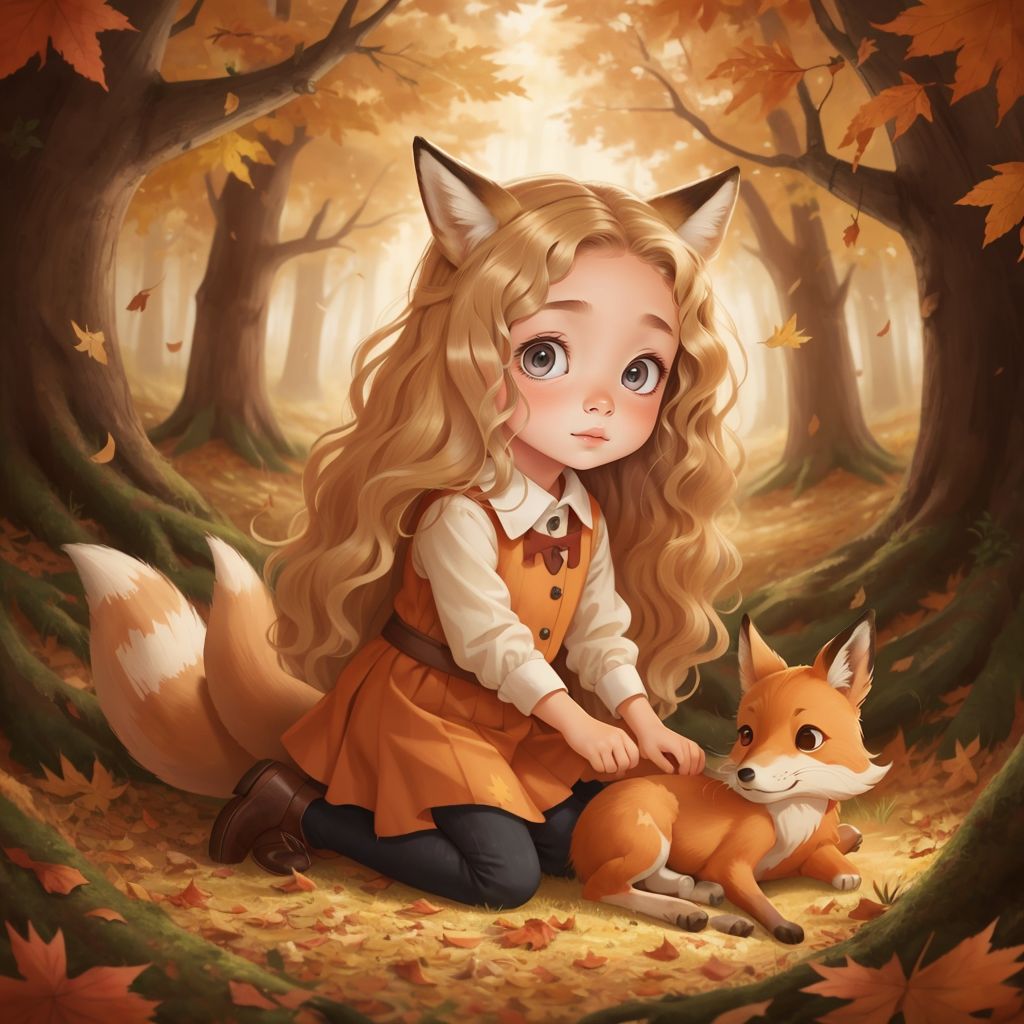
Once upon a time, in a small village on the edge of an enchanted forest, lived a girl named Elara. Different from other children, Elara's mother, Lyria, was a renowned witch known for her spells and potions. Despite feeling lonely, Elara loved exploring the forest. One autumn day, she found an injured fox in a trap, freed it, and named him Fenn. Fenn became her companion, yet Elara still yearned for friendship. Maren, a girl secretly watching Elara, was fascinated by her kindness and magic. One day, Maren saw Elara bring the forest to life and her fear dissolved. A tiny fairy named Lumi appeared, and Elara greeted her warmly. Maren, in awe, stepped out and admitted she had been watching Elara. Elara invited Maren to meet Lumi, and they became friends. They explored the forest together, learning from its magic with Fenn at their side.

A girl runs into her closet after getting in a fight with her parents because she doesn't want to do what they ask and she's transported to a magical world.

Lily is a young girl living in a cozy town with her mommy, while her daddy lives nearby. Despite not living together, they share love and laughter. When Lily's friend Tommy faces his parents' divorce, Lily helps him understand that families can be diverse and still filled with love. Through Lily's support, Tommy learns to accept the changes in his family, finding strength and happiness in their love and togetherness. Lily's own patchwork family grows stronger, teaching them all the power of love in overcoming life's challenges.

NAS Oceana is a military airport in Virginia Beach, Virginia. It is also known as Apollo Soucek Field, The base was commissioned on August 17, 1943, and is now a complex with more than seven miles of runways and the latest equipment to serve military air traffic. NAS Oceana is open 24 hours a day, 365 days a year. Its mission is to support the Navy's mission by: Aligning shore installation support to the Fleet, Fighter, and Family Supporting Atlantic Fleet Strike/Fighter Assets Supporting Joint/Interagency Operations & Training Providing resources to train and conduct air, land, and sea operations NAS Oceana is home to 20 aviation squadrons, including the F-14 Tomcat fighter planes and the F/A-18 strike fighters. The base is tucked away among tall trees, swamps, and farmland just west of the waterfront. The base hosts an annual free NAS Oceana Air Show that highlights military and civilian aviation to the public.

Emma likes to eat unhealthy sweets, her mother explains to her why sweets are unhealthy and harmful to health. Emma learns how to eat healthily and prepares healthy meals with her mother. Provide examples of healthy sweet snacks and a recipe on how to make healthy cookies. Emma eats more vegetables and fruit. Thanks to this, he gains super power and strength. Provide many examples of what to eat and why in a way that is appropriate for children. What to buy in the store instead of sweets

On Christmas Morning Tammy gives Sylvain a surprise present. The gift of a vacation, getting away from all the kids and partying hard in VEGAS baby On February 17 they flew on a plane holding hands In Vegas they stayed at a fun casino hotel and wore jeans and tee shirts. Sylvain ate club sandwiches everyday. They danced and played the slots. One day they went to the Grand Canyon, they held hands while they looked at the canyon. Sylvain went to the race track and watched all the fast cars. They drank beer ate burgers and had a great time. They wish they could stay forever. So nice to relax and forget the world

mom brought little Mia to kindergarten for the first time and there were a lot of children there and mia got scared and hid behind the mom

In a distant village, Gino's grandmother, Lola Flora, had a myth about sunflowers that brought happiness to her. When she touched one of the sunflowers, she felt a rush of happiness, but the flower wilted and dried. Gino was curious about this and wanted to try it. One day, Lola Flora told him to look for the sunflowers, and he discovered that happiness rushed into his veins when he touched one. He shared this discovery with his friends and the whole village. However, two weeks later, Gino realized he couldn't feel happiness or smile. He found the wilted and dried sunflowers scattered on the ground. Lola Flora revealed that she was the young teenager from the myth and that she didn't tell Gino the whole story.
